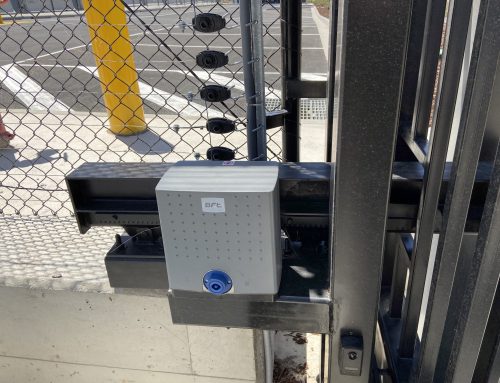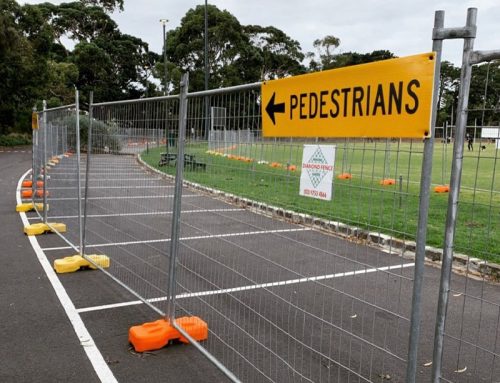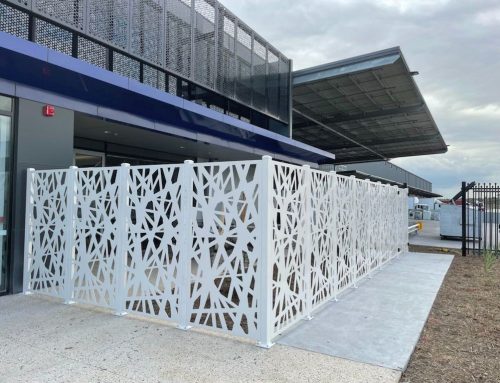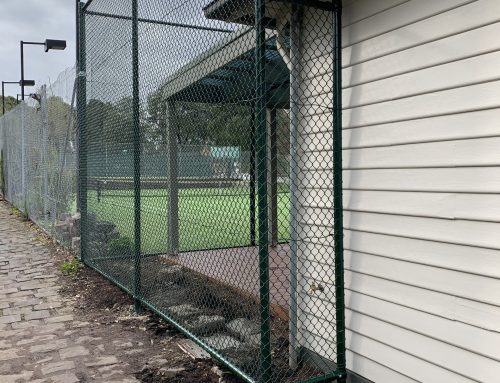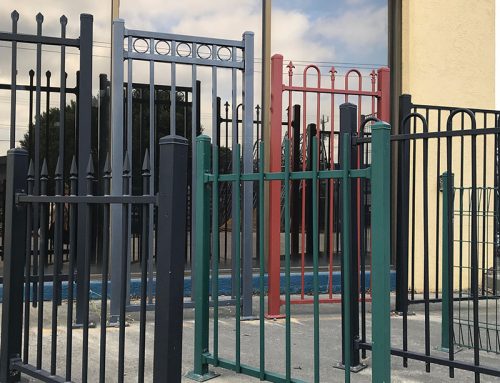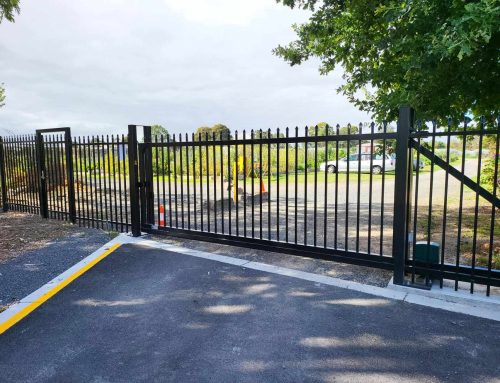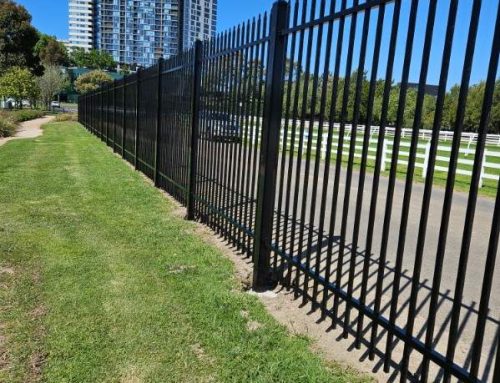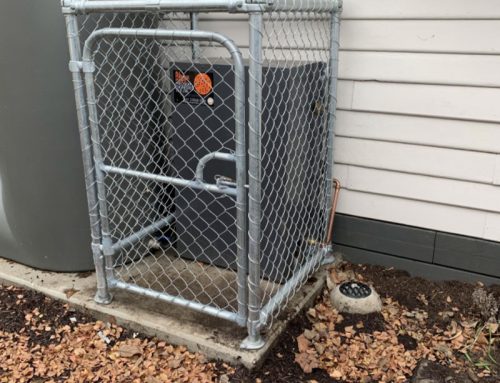Fence charger, energiser, charger, fencer, fencing unit, power unit – these are all the names that electric fence energiser may be known as. By definition, an electric fence is a barrier that uses electric shock that helps to diminish or eliminate the unwanted movements of animals or people wishing to cross the boundary. An electric energiser is needed to power the electric fence. Its voltage can range from slight discomfort when touching the fence to more serious, even deadly, electric shock.
Electric fence finds usage most commonly in agriculture. Agricultural fencing is used for animal control. Furthermore, military installations and prisons use higher voltage on their premises.

The voltage of electric fences
Electric fence energisers control the electrical pulse that travels from a power source down to the fence. There may be various power sources. One of the common ones is the battery (240v).
The energisers use capacitors to store the charge and then release it down the fence line. A capacitor, some may know it as a condenser, is a passive two-terminal electrical component. It stores the energy electrostatically in an electric field. Once the charge has been released down the fence line or live wire, and the grounded animal or human is touching the electric fence, the electrical stream will flow through the body and then back to the ground. From there, the electrical stream will return from the earth to the terminal of an electric fence energiser. The process repeats whenever an object or an animal touches the fence line of the live wire.
Different brands and models of energisers vary in how often the electrical pulse is sent down the live wire. Usually, it is about every 1.5 seconds. When using battery energisers, you need to be mindful that some brands will make the pulse time further apart to save battery power. Some brands offer the possibility to choose and change the timing of the pulse release (e.g., slow, medium, fast).
An average output by most fence energisers has an output voltage of around 7000 volts at the output. It means the amount of electrical energy that will end up on the fence depends on the quality of the connection, what kind of fencing wire has been used and the insulation of the wire from other conductive materials. These factors can lead to energy leaks.
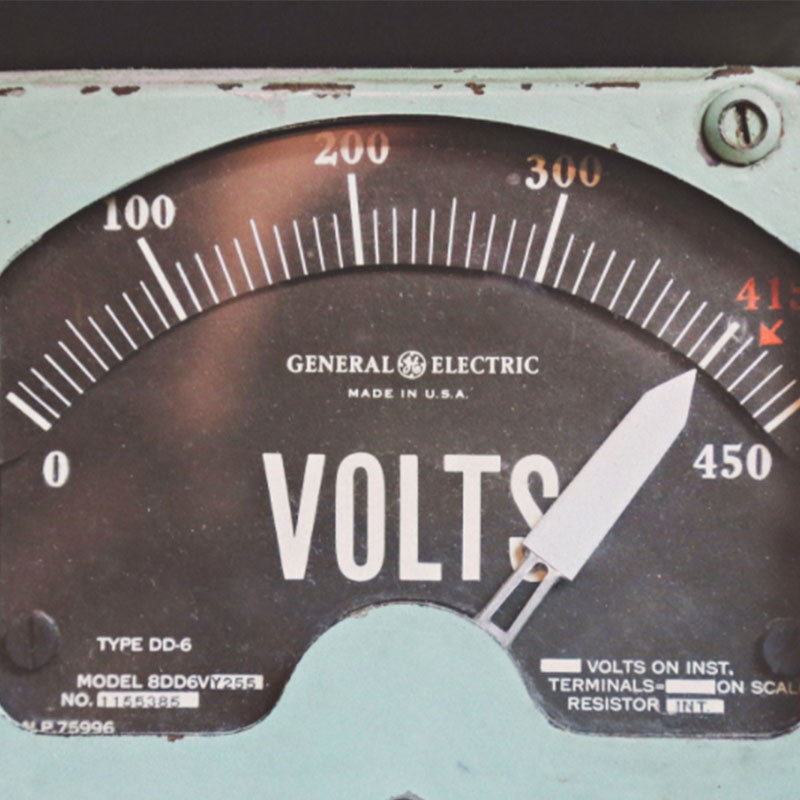
Do you have an enquiry about an electric fence?
Turn to Diamond Fence. We are more than happy to provide you with free fencing quotes.
Call us on (03) 9753 4566, shoot us an email on info@diamondfence.com.au or get a FREE online quote.

